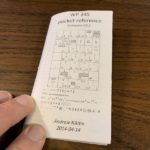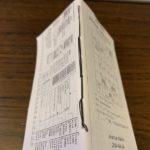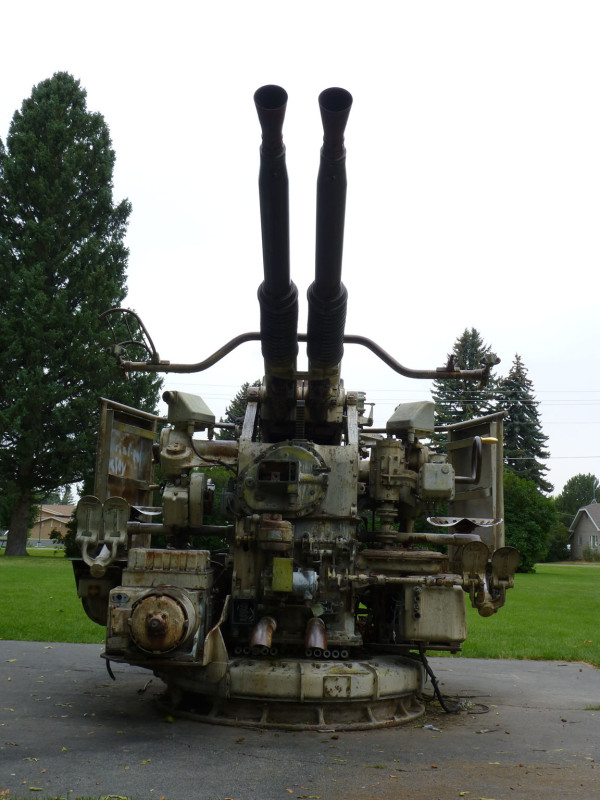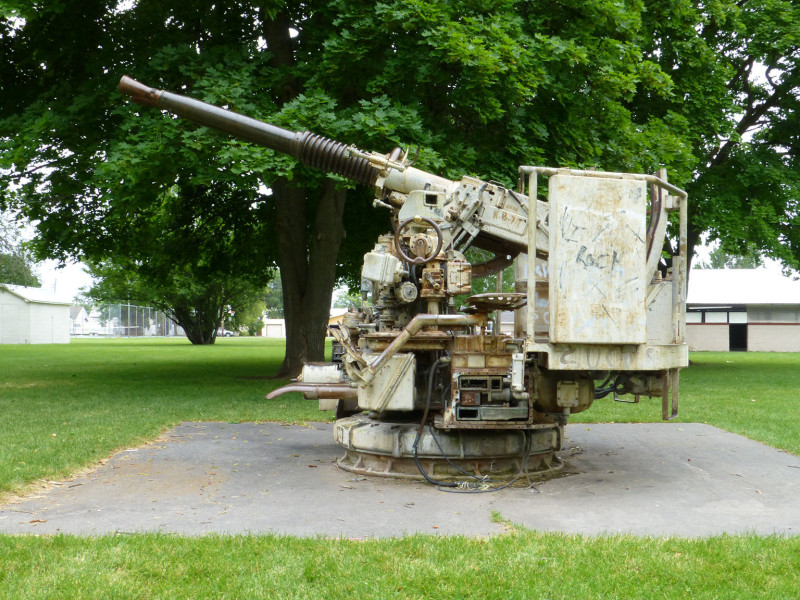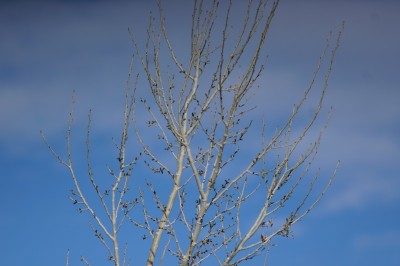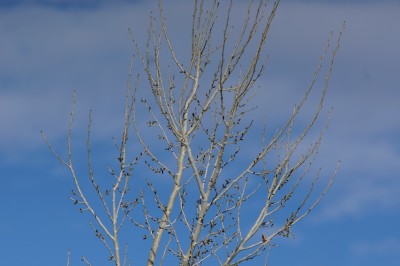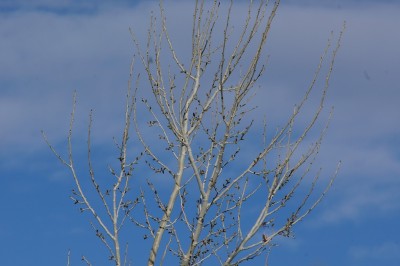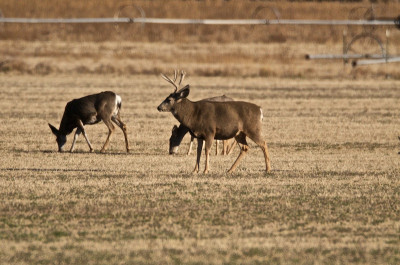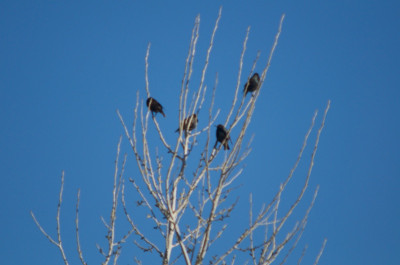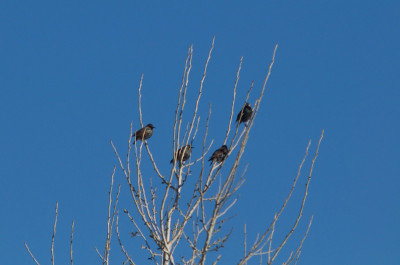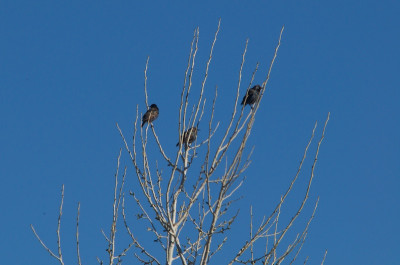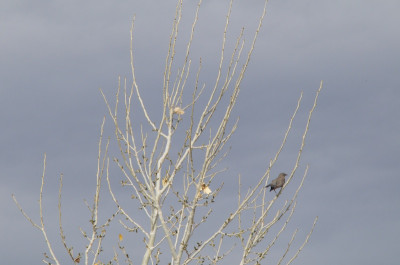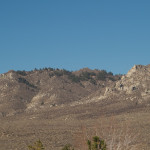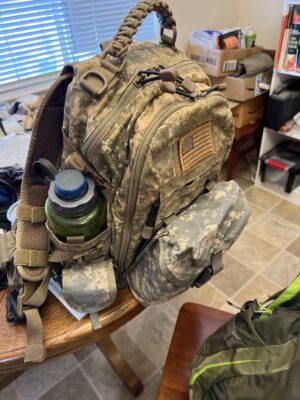
It started with my desire to carry a few things just in case — the prepper’s approach. I watch a lot of bushcraft videos (to learn as well as curiosity), so I have some ideas about what to put in my pack. There is also an element of just having things on me that I might need if I cannot get home or to shelter. The details are not important (to this essay), but the point is. I see a need to carry a few things with me on the trail or in the rig that can support me if required.
Enter the tactical packs. MOLLE is cool — there are lots of military surplus pouches that can be attached and serve as additional storage, but more importantly as organization. My Dust (on my kitchen table in the photograph to the left) is one such instance.
The problem came in the summer. With the heat came a lot of perspiration when I was out hiking. I found the skin on my lower back chafing because of the sweat and the shifting of the pack.
I found myself buying an Osprey Stratos (24l) to try. It has a wonderful suspension system. The hip belt works well to secure the pack and shift the weight (such as it is) to my hips. My chafing problem went away.
But, although the pack is rated as 24 liters, I cannot get nearly as much stuff in it as I could my smaller Dust. And that is notwithstanding the MOLLE pouches affixed to the outside of the Dust. The rucksack of the Stratos is not shaped will and the Camelbak takes up a lot of the internal room.
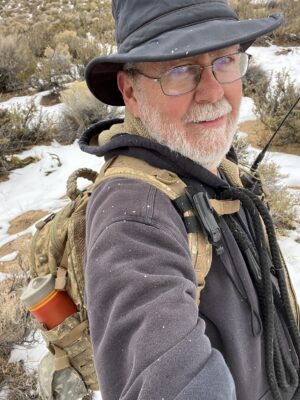
I took The Girl out for our walk with the pack. It was nice to have the Kenwood HT on the shoulder strap and I listened to some of the chatter on the CARLA system as I walked. The pack sat well on my shoulders for the 2-mile hike. If I can find it, the waist belt will provide a little extra security from the pack shifting around, although it did not shift much.
I think it will work fine for those times when it is cooler outside. I am going to wear it a few more times before I make up my mind. The the boxy interior compartments of the tactical packs offer a lot of organizational advantages that the hiker’s backpacks do not have. The tactical packs really suit me better because of what I like to carry — and my objectives for carrying said equipment.
